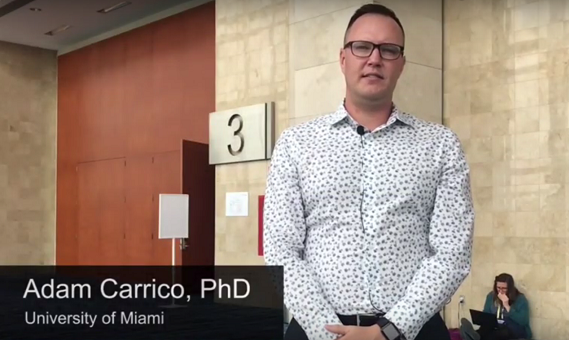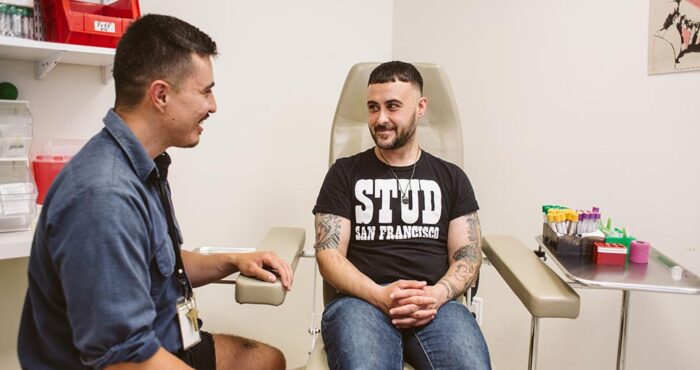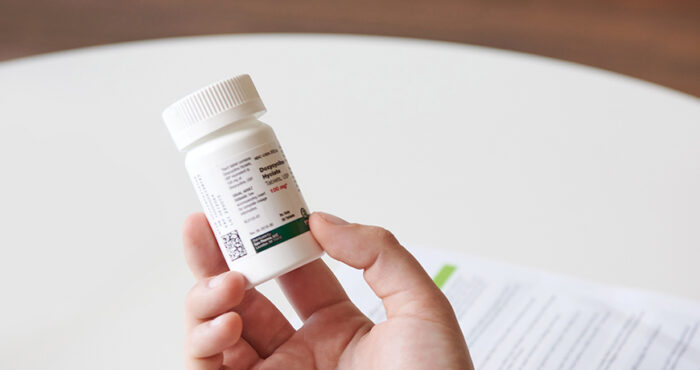Transcript
The intervention that we tested was for HIV-positive men who have sex with men – so gay, bisexual and other men who have sex with men – who use methamphetamines.
One of the heartbreaking things with methamphetamine use is that people are less responsive to natural rewards. Like a beautiful sunset, or a nice meal, or a good talk with a friend. We’re really trying to sensitize people to these non-drug sources of reward. So it hopefully makes meth a less dominant force in their life.
My research is very much influenced by harm reduction. Much of drug treatment is telling people what they can’t do, or what they should avoid, or how they should restrict their lives. The positive affect intervention is so different because it takes this approach of helping people add things to their lives. And enhance their functioning without demanding that they be abstinent from stimulants like methamphetamine.
The positive affect intervention was a five-session, individually delivered intervention. People had one-on-one sessions with a counselor. They did about eight different skills that we know increase people’s positive affect. One of them for example was gratitude journaling where people write about things they were grateful for that day, like someone holding the door for them, waking up, breathing – any minor thing that can uplift their mood.
There were other things that we practiced in the intervention with participants, like meditation and relaxation training. Specifically, mindfulness meditation techniques that we put all together to really help people feel happy and engaged in life in the hope that it could help them cope better with symptoms of meth withdrawal, but also make them more sensitized or engaged in their environment outside of their drug use.
People who took part in the positive affect intervention seemed to do really well, or were much better during the contingency management period. So even though everyone was receiving rewards for reducing their meth use, we saw that people in the positive affect intervention had less meth craving, more positive affect and better mindfulness. That translated into real benefits for them in terms of their viral load. We see that people in the positive affect intervention had lower viral load over the 15-month follow-up. So it was durable reductions in viral load. And they were also more likely to be virally suppressed over that follow-up period. So it was clinically meaningful as well.
I think you’re always surprised by findings. As a scientist, we test these interventions, and they take about 6 – 7 years to get an answer on. It’s a big ask to have a five-session intervention change the course of people’s viral loads over the course of 15 months. So they were very surprising findings.











